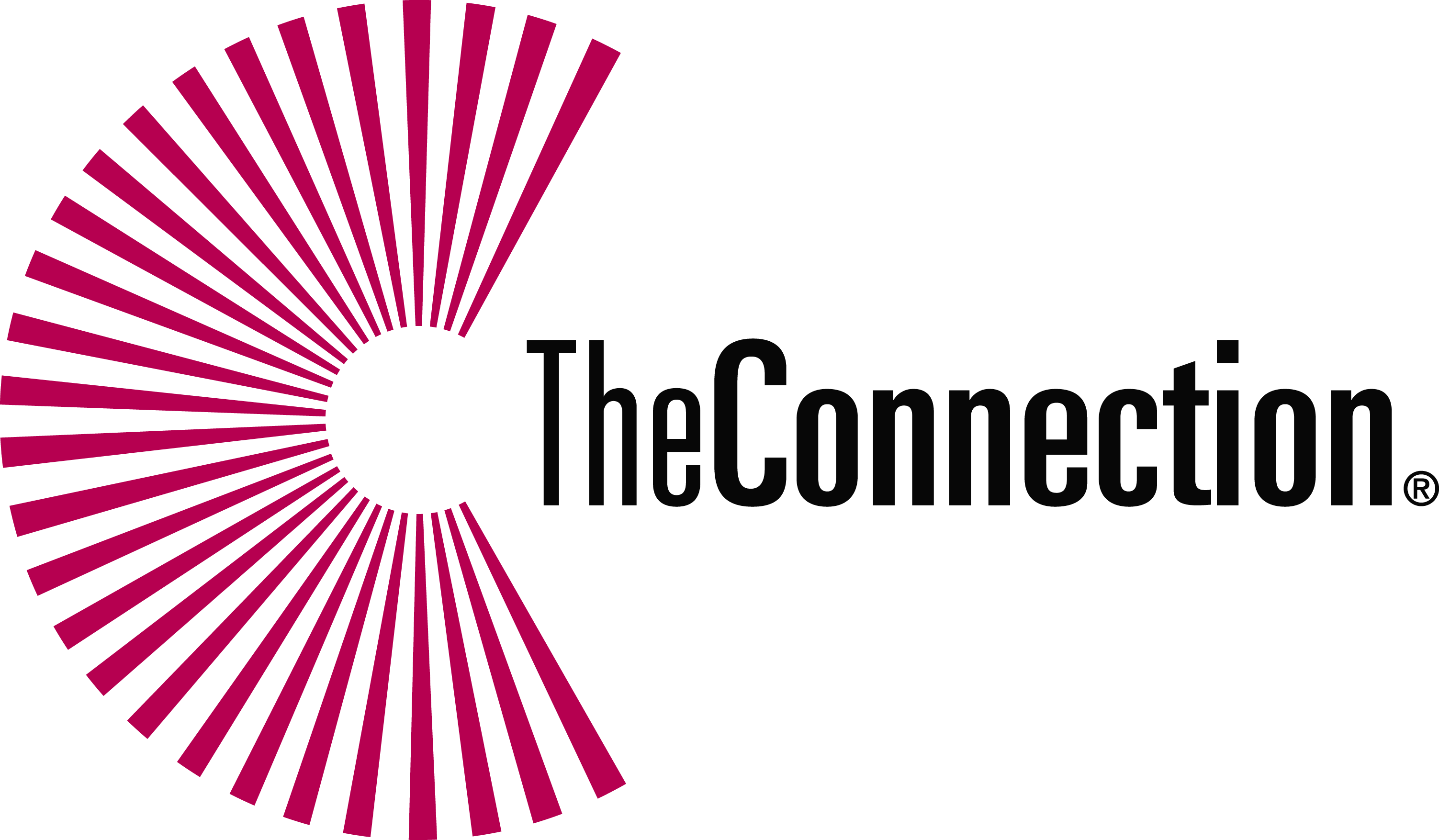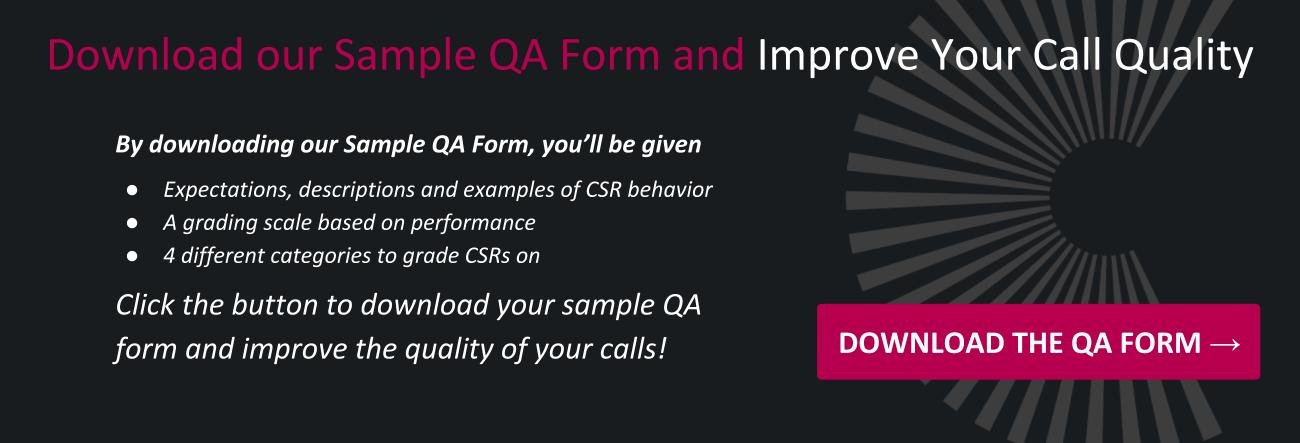How to Leverage Quality Assurance Programs to Improve Your Customer Service Call Center
Providing top-quality customer service requires successful call center management of many moving and interconnected parts, not the least of which are all the personnel that you have answering the phones.
There are many ways to improve the customer service your team provides. This can include fine-tuning processes related to recruiting, interviewing, hiring, training, management, etc. However, let’s focus on Quality Assurance programs and how QA programs can help make a positive and real difference.
With that in mind, here are three ways to leverage Quality Assurance in your customer service call center.
1. Monitor Calls & Track Performance Metrics
Most companies have phone systems that allow monitoring of either live calls or recorded calls. Monitoring calls is a hands-on way of seeing exactly how your customer service agents are treating your customers. Are your agents following procedures, are they reading any required disclaimers or policy information, are they showing appropriate empathy, are they working hard to resolve customer concerns? These, among others, are the types of performance metrics that you can track by monitoring calls.
A couple of notes about monitoring:
- Create a scorecard. If you are going to monitor calls, create a scoring system and a scorecard. This ensures that your monitors and supervisors will have a consistent process that enables them to judge fairly when they compare and comment.
What performance goals and metrics are essential for your program's success? They must be measurable. In order to track specific goals and objectives, create a customized QA form or checklist to assess quality according to each of the identified goals. The scorecard you create should address each of these specific goals and objectives.
- Work next to your agents. Quite often, companies have a “backroom” culture for monitoring: a place where monitors sit and listen to calls when the agent is unaware you are listening. Try monitoring right next to the agent, in a process called “side jacking.” This allows for immediate feedback to an agent right after a call is completed. Because the agent remembers the call, it is easy to explain the high points and opportunities for adjustment, and then you are right there to listen to a few more calls to ensure the agent understood and modified their process appropriately.
- Manual Monitoring Has Its Limits. Monitoring is a slow and cumbersome process. The longer your average handle time, the longer it takes to monitor each call. Therefore, you can monitor only a limited number of calls per day. If your supervisor is tracking calls for 10 agents, it takes a lot of time to monitor enough calls to get an accurate picture of how the team is performing.
There are not enough hours in the day to accomplish this effectively. Remember, a supervisor still needs time to supervise. If you are trying to move a team forward with their service skills, how long will it take to determine how a team is responding and improving on a daily basis? It might take a week or more to listen to enough calls to really know if adjustments are being made from a single day’s mentoring and coaching.
2. Create a Quality Assurance Team
Creating a Quality Assurance team whose sole responsibility is to monitor calls can free up your supervisors’ time. Supervisors can then just pull QA results and coach the team accordingly. However, while you can monitor significantly more calls with a dedicated QA team, that ability comes with a steep price tag to support the QA personnel.
You will also need to decide who delivers QA results to the agents. A meeting between the QA team and agents reduces the amount of time the QA team can spend monitoring calls. But, if supervisors meet with agents to deliver coaching (the more typical scenario), then they are delivering feedback and suggestions based on someone else’s input. Also, the time-lapse between listening to calls and providing feedback may be too long for the agent to properly remember the call and apply the feedback.
The sooner feedback is provided, the more meaningful it will be. Successful Quality Assurance programs allow for feedback within minutes or an hour, not days.
3. Utilize Speech and Voice Analytics - Putting Technology to Work
Speech and voice analytics involves running all your recorded calls through an automated platform that:
- Creates a complete transcript of each call
- Grades the call on any number of predetermined factors as set up by your team
Using automated technology to analyze speech patterns and tone of voice allows you to study the quality of thousands of calls — perhaps up to 100% of your calls each day. (Typically, a dedicated QA team can manually monitor only 1%-3% of calls.) Voice analytics systems also provide a dashboard of the day’s results, available the following morning. So you can coach an entire team one day, and the next morning you can see the results of your coaching efforts. You can also watch your agents compete with each other to see who can improve the most and who has the highest rank on various metrics.
Comprehensive tracking and speech analytics allow you to monitor all of your key performance metrics. Not only can you be confident you are complying with legal requirements, but the insights you gain into call scores can also expose trends that are causing sub-par calls. Do certain agents or teams need more training? Are there specific offers or product lines that need more clarification or support? By understanding these needs, we can get ahead of potential issues that may arise.
Consistency is a critical element of agent performance. If an agent scores 100 on one call and 50 on the next, it’s not helpful. Each customer has an individualized experience and the customer on the less-optimal call is not going to be happy, no matter what happened on the call before. With a quality, company-specific QA program in place, your team will be consistently on the high side of QA scores.
The Importance of Quality Assurance Measures
Quality doesn’t happen by accident. Therefore, successful contact centers make Quality Assurance a top priority. A thorough call center QA program not only evaluates the performance of individual agents, but it also provides data that can drive training curriculum modifications, personnel decisions, and much more.
If you want to boost your Quality Assurance, but you aren’t sure about the first steps, feel free to reach out to our team.



